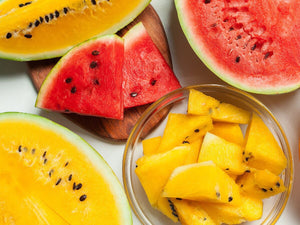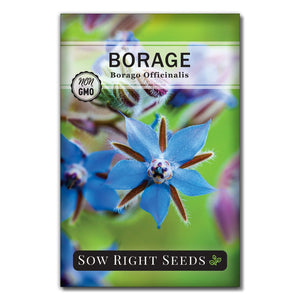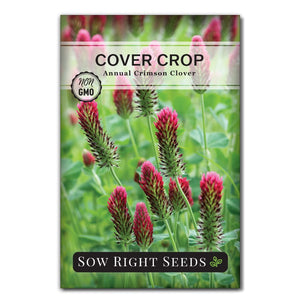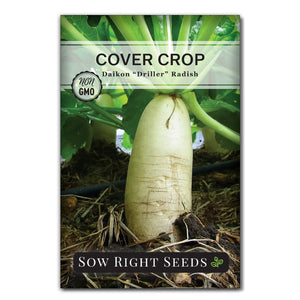DIY Soil Texture Test - How much clay, sand, and silt does your garden have?
Improving soilEnjoying an abundant harvest starts with planting seeds in optimal soil. Experienced gardeners know that creating the best garden soil starts with the texture. So how do you know the texture of your garden soil? There’s a simple test that anyone can do at home for free. Follow our step-by-step guide to test your soil and start creating your perfect garden.

The optimal garden soil texture is called loam. This ideal garden soil is able to absorb and hold on to moisture but also drain well so that roots don’t rot. There are enough air pockets between particles that roots get oxygen and can take up the nutrients in the soil.
The three parts of soil are sand, silt, and clay. You can read “What’s the Dirt? Types of Soil for Healthy Garden Plants” to learn more about these three types of particles.
The perfect soil texture has enough sand for good drainage, enough clay to hold water and nutrients, and some silt. Sand is necessary for aeration. The size of sand particles helps to create space for air circulation. But sand does not hold on to water or nutrients. Clay is full of nutrients, but the particles are so fine that it doesn’t allow for aeration. Silt particles that are in-between sand and clay. Silt can hold nutrients and has some space for air.
With a good mixture of these three soil particles, you can create the perfect growing medium - loam.
So how do you know if your garden soil is the perfect mix? You can start with this Do-It-Yourself soil test. This is also a fun garden experiment to do with kids.
How to Test the Soil Texture of Your Home Garden
Supplies for DIY Soil Texture Test
This simple list of supplies should be things you already have around the house.
Clean, straight-sided jar with a screw-on lid.
Hand trowel
Timer
Ruler
Garden soil
Water
A canning or mason jar works well; this test is sometimes called the “mason jar soil test.”

Steps for doing the jar test for soil texture.
1.
Dig straight down in your garden - at least 6 inches. You want to collect soil that is where plant roots will grow, not the surface dirt.
2.
Get enough soil to fill the jar ⅓ to ½ full of dirt. Pick out any leaves, bugs, or large debris.
3.
Fill the rest of the jar with clean water. Leave some air space at the top.
4.
Screw the lid on tightly.
5.
Let the soil absorb the water for a few minutes.
6.
Shake the jar vigorously for several minutes. This will break up any clumps, and thoroughly mix the water into the soil.
7.
Place the jar on a steady surface and set your timer for 1 minute.
8.
After 1 minute, measure the amount of sediment at the bottom. This will be the sand since it is the heaviest material.
9.
Set a timer for 3 minutes and then measure the next amount of sediment. This will be the silt.
10.
After the mixture has settled for 24 hours, measure again for the clay.
Reading the results of your Soil Texture Test

You can eyeball it and see if you have the percentages that look like the optimal mixture of 40% sand, 40% silt, and 20% clay. If you want to be more precise, use your ruler and write down the measurements. Then do the math.
The formula is the layer's height divided by the total mixture's height.
Once you have the numbers, you can use the soil texture triangle to see where your numbers line up.

The soil texture triangle shows how to interpret the percentages from your soil test.
It’s important to know where you’re starting from and what the goal is in order to make the appropriate changes.
Once you’ve measured your garden soil, you’ll know what type of soil you have and can start making changes if needed. The optimal mixture is 40% sand, 40% silt, and 20% clay.
If you have clay soil, you can add amendments to improve the texture. Learn more about clay soil and how to add amendments in this post.
Clay, sand, and silt can all benefit from additional compost. This will help create the perfect loam for growing.
It may seem complicated initially, but with a bit of knowledge, you’ll understand why having the right soil can make such a big difference.
Fall is the perfect time to do soil tests and prepare your garden for spring planting. You can plant cover crops, spread mulch and add compost to continue building better soil. You'll be ready for another outstanding gardening season with the optimal soil and heirloom seeds from Sow Right Seeds.
Found this information helpful? Share it with your gardening friends!










Leave a comment